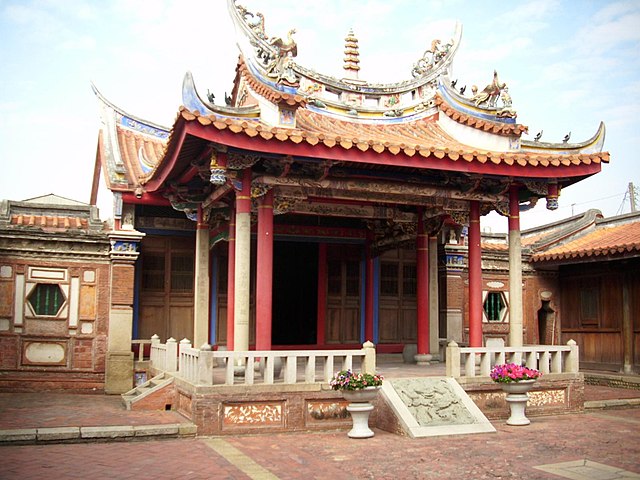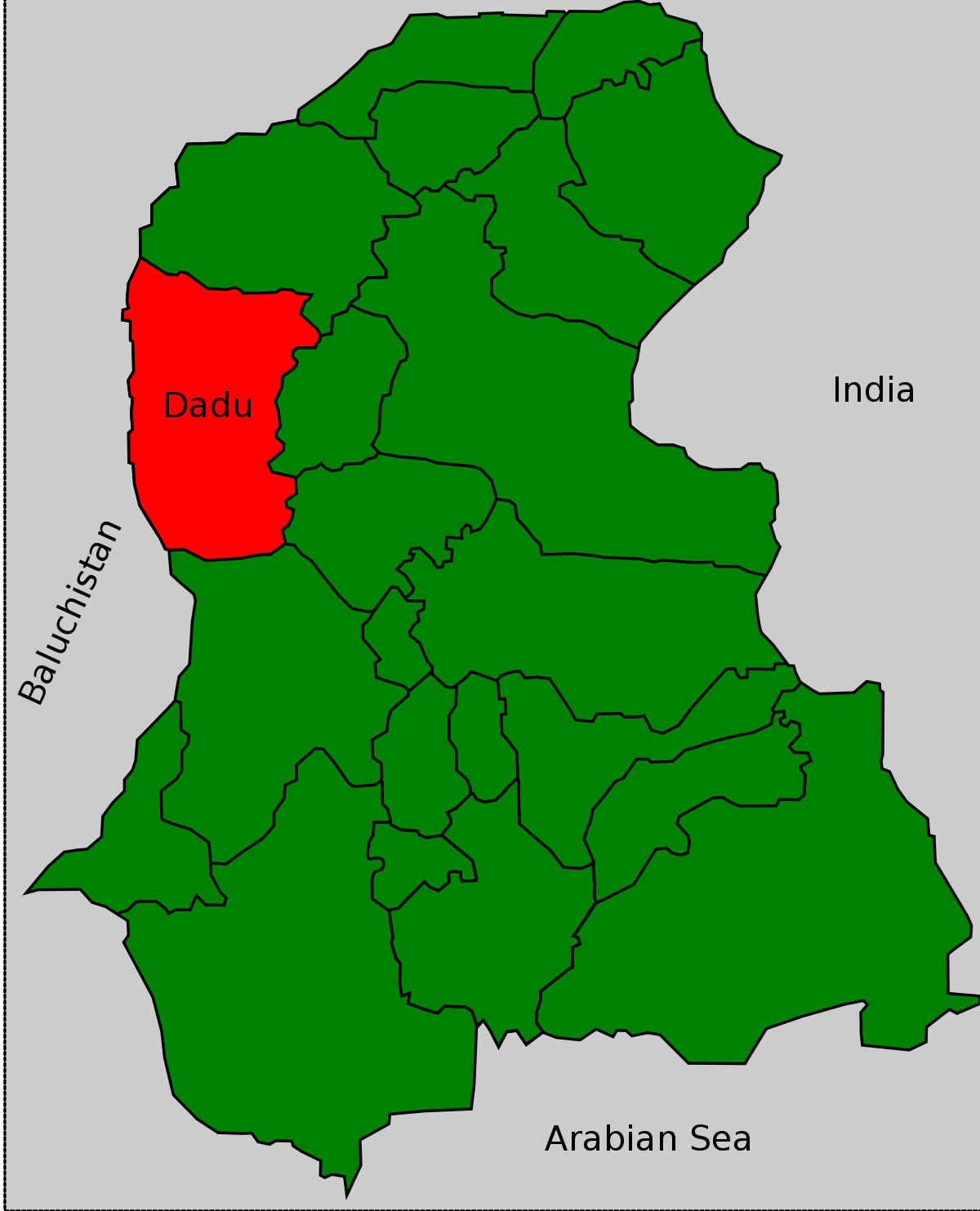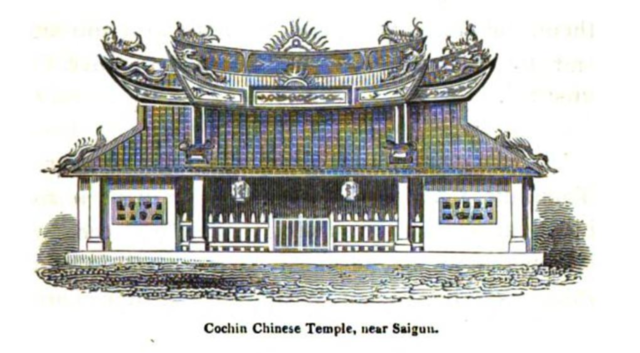When Kublai Khan established the Yuan Dynasty in China in 1271, he set about transforming Chinese society along Mongol models. As part of this effort, Kublai Khan constructed new Mongolian-style capital cities filled with cultural contrasts reflecting the dual Sinicized Mongol rule. His early capital centered in Kaiping, better known by Marco Polo’s narrated name Xanadu, exemplified lavish palaces and hunting grounds set amid the verdant imagery of Coleridge’s famed poem.
After expanding south, Kublai established Dadu, or Ta-tu (“Great Capital”), known today as Beijing. Life within these cosmopolitan hubs revealed not just affluent Mongol rulers but diverse commoners including retainers from across Eurasia rubbing shoulders in marketplaces and workshops.

Scenic Xanadu (Kaiping): An Ideal Mongol Capital
Kublai Khan selected the Shangdu or Xanadu valley nestled in foothills northwest of the Great Wall close to the old Mongol summer pastures as the site for his palace and capital city. Its forests teemed with wild game while the nearby Xanadu grasslands provided ample grazing for royal and military herds of horses. Constructed 1235-1253, Shangdu offered seclusion and security for Kublai and his followers while remaining reachable to oversight over his expanding Chinese holdings.
The sprawling park-like complex centered on Kublai’s palaces, temples and pavilions set amid emerald meadows and tranquil lakes. Decorated with cobalt blue titles that earned its other name Kaiping (“blue mountain”), the palaces awed foreign visitors. Members of Kublai’s inner circle, mostly Mongols and semu like Marco Polo’s family with long-term intermarriage ties to Mongols, dwelled in eighty lavishly constructed halls with verandas, coffered ceilings and silk wall hangings surrounding the Khan’s quarters. Storehouses overflowed with treasures seized during conquests and received as annual provincial tributes.

Beyond the palace stood temples honoring a mixture Buddhist, Christian and Chinese faiths reflecting the Khan’s religious tolerance. One housed Yelu Chucai, a famous Liao Dynasty general and political advisor to Genghis Khan and son Ogedei known for golden Uighur script translations of Chinese classics. Kublai’s respect for Confucian principles and usage of Chinese administrators co-existing with customs of the steppes characterized court life. When the Khan resided in Xanadu, thousands of retainers including guard corps, falconers, dignitaries and envoys filled its halls.
Just outside Shangdu, embedded among lush hunting grounds, sprawled settlements with markets, workshops and homes. Muslim, Korean and Northern Chinese merchants and tradesmen dwelled in segregated districts according to occupation. Blacksmiths, butchers, carpenters, leatherworkers and more practiced their specialized crafts side by side. Their labors supported the Khan’s household needs for metal tools, meat, carts, saddles and clothing.
Foreign aesthetics marked goods as artisans incorporated Persian glazing or Korean lotus flower designs into ceramic vessels. Wealthy wives of Mongol nobles acquired gold jewelry, ingeniously stitched linens, fancy combs and cosmetics at bazaars teeming with commercial stalls under the watchful eyes of tax officials.
When the Khan traveled to Xanadu for 3-4 months per year, thousands of livestock accompanied his caravan restocking game herds for royal hunting trips. Falconry served as both sport and training for cavalrymen supporting military readiness. At night banquets lasting until dawn focused on fermented mare’s milk, blood sausage and mutton.
Dining rooms glowed from butter lamps amid performances from dancers, musicians and games of chance. This mobile lifestyle captured Mongol traditional patterns recreated wherever Kublai established camps. However, management of his expanding empire required moving the capital south closer to the former Chinese centers of power.

New Capital Dadu (Ta-tu) as forerunner for Beijing
By the early 1260s, Kublai shifted focus from his Xanadu palaces to constructing a new permanent Mongolian-style capital, Dadu, or Ta-tu (“great capital”) exhibiting symmetry of outer and inner cities in Chinese fashion. Located near former Jin Dynasty capital Zhongdu with access to shipping lanes along the Yongding river, Dadu established in 1263 as headquarters for administration over all China.
Kublai retained Shangdu as his summer residence and hunting preserve. Inside Dadu’s thick 40-50 foot high walls, pagoda-style temples of Chinese design interspersed with colorful silk tents for housing Mongol nobles. Grand avenues and canals bisected ethnic districts holding over 500,000 inhabitants by the 14th century.
At the core stood the Khan’s sprawling palace compound called Daming Gong (“Palace the Magnificent”). Its striking cobalt tiles against red-lacquered pillars set in verdant gardens and tranquil ponds conveyed an earthly paradise for the rulers and notables. Behind multiple gates, visitors entered though the Gate of Excellent Celebration overshadowed by a imposing three-story Hall of Ancestor Worship toward inner imperial quarters. Outlying annex buildings housed imperial concubines, servants, treasuries and storehouses alongside ceremonial quarters for state events.

Within the Chinese zone resided wealthy sedentary merchants importing turbans from Babylon, rugs from Persia and ivory from Baghdad. Scholars in flowing robes brushed ink calligraphy and plucked the strings of pipas with Pleated skirts of elite ladies trailed behind palanquins carried through lively streets by muscular servants.
Bustling markets overflowed with bolts of colored silk. Porcelain bowls painted with cobalt ferns. Bronze incense holders cast with incised dragons. Jade hairpins carved intricately. Myriad goods filled stores catering to affluent households. Metal coins changed hands rapidly circulating the Jin-era paper currency revived by Kublai.
In separate designated areas, Korea and Southern Chinese inhabited neighborhoods for foreigners reflective of the Mongol caste social system. Many foreign officials who served the Mongols settled families and built lavish housing. Skilled workmen plied specialized trades centered on occupations – leather tanners, butchers, carpet weavers and so on. Marco Polo claimed over 3,000 bathhouses washed Dadu residents amid canals irrigating gardens across the city.
Exotic smells from Persian cooking mingled with steppe odors of mutton and horses contrasting Chinese aromas of orange peel, soy paste and noodles from that district. Entertainment seekers could lose fortunes in Mongol style gambling with dice or listen to dramatic plays with elaborate painted faces. Practically any desire could be filled inside the diverse capital.

Legacy on Beijing Emerging Later at Site
When rebellions led by Zhu Yuanzhang toppled the Yuan Dynasty in 1368, renaming Dadu Beiping (“northern peace”), the Ming Dynasty founder rebuilt the ravaged capital as a typical Confucian city reliant on Feng shui principles by 1406. Imperial palaces and temples arranged symmetrically along north-south axis reflected cosmic orderliness – a deliberate contrast from haphazard Mongol construction. By 1421 when the Yongle Emperor made Beijing the permanent capital, only scattered Mongol names and canal remnants marked the location.
Still the 128 years as a Mongol capital and administrative hub entrenched Beijing as a leading political center. Despite tearing down the Daming Palace, Ming buildings occupied its base continuing geographic power focus embodied in the Forbidden City. Other Yuan structures like Monk Bridge (Xiaoyong Bridge) functioned for centuries with later upgrades. Overlapping layers of imperial Mongol Yuan onto native Han Chinese Ming civilization left indelible fingerprints binding Beijing as the symbolic heart of China into the modern age. Even as skyscrapers now sprout across Beijing, echoes of Kublai Khan’s Dadu still resonate through hutong lanes and place names like Xanadu.
Frequently Asked Questions
What were the Mongol capitals established by Kublai Khan in China?
Kublai Khan built two main capitals in China: Shangdu/Xanadu (Kaiping) starting in the 1250s and Dadu (Ta-tu) from 1264 onwards. He used Shangdu as a summer hunting palace and kept Dadu as the central government capital.
Where was Shangdu/Xanadu located in relation to Beijing?
Shangdu/Xanadu was constructed approximately 200 miles northwest of modern day Beijing in an area known today as the Shangdu National Forest Park in Inner Mongolia.
How did living conditions differ between Chinese, Mongols and foreign residents?
Ethnic districts segregated by occupation separated wealthy Mongol nobles and foreign allies in lavish housing from designated zones for Korean, Muslim and northern Chinese artisans, traders and retainers. Higher classes enjoyed access to luxury goods and hunting/falconry activities unlike poor workers.
What physical traces remain in Beijing from Kublai’s Dadu capital city?
Little visible architecture survives except canal networks built under the Yuan Dynasty that became incorporated into later Ming structures like the immense Forbidden City. Names like Chang’an Avenue and some districts retain Mongol origins. But most construction razed centuries ago.
How did Kublai’s Dadu capital influence Beijing?
Layers of historical development left deep imprints on Beijing. Kublai administering China for nearly 100 years established geographical power bases centered in Dadu that continued locationally with Ming palaces on the same site. The reputation, trading networks and administrative foundation led Beijing continuing as the foremost political city into modern times.
sources
“Kaiping.” Wikipedia, Wikimedia Foundation, 3 Aug. 2022, https://en.wikipedia.org/wiki/Kaiping. Accessed 12 Dec. 2023.
“Shangdu.” Wikipedia, Wikimedia Foundation, 3 Dec. 2022, https://en.wikipedia.org/wiki/Shangdu. Accessed 12 Dec. 2023.
“Beijing.” Wikipedia, Wikimedia Foundation, 8 Dec. 2022, https://en.wikipedia.org/wiki/Beijing#Early_Imperial_China. Accessed 12 Dec. 2023.
Rossabi, Morris. “The Reign of Khubilai Khan.” Khubilai Khan: His Life and Times, University of California Press, 1990, pp. 114–140.
Weatherford, Jack. Genghis Khan and the Making of the Modern World, Broadway Books, 2005.